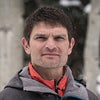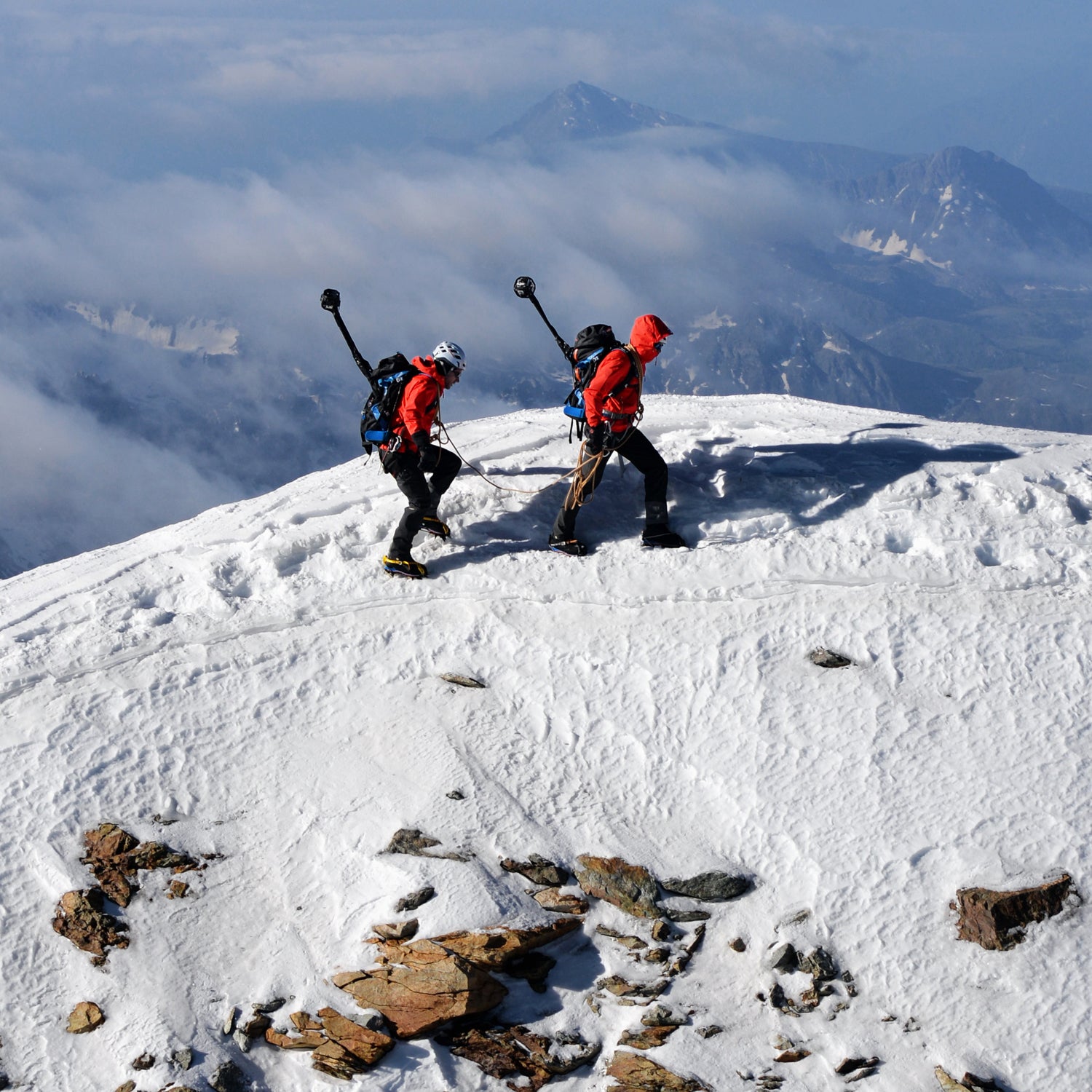In June, when Google unveiled its plan to offer 360-degree views of a virtual climb up El Capitan��in Yosemite National Park, armchair adventurers around the world took note. Climbing titans Lynn Hill, Tommy Caldwell, and Alex Honnold helped to film the project. The New York Times covered it. But the news overshadowed an inconvenient truth as far as Google’s role as a pioneer was concerned: the Swiss gear company Mammut had beaten Google to the punch by nearly a year.
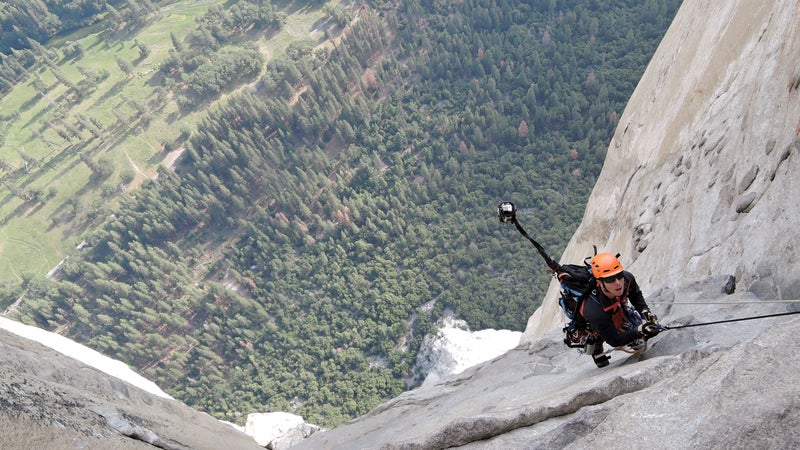
Mammut expects to have 30 virtual climbs available through what it calls ��by the end of 2015.��Among them are routes ranging from Heckmair on the north face��of the Swiss Eiger, to the Nose on El Cap and an expedition��up the 18,000-foot dormant volcano of Mt. Elbrus in Russia. Filming is handled by sponsored climbers like��Dani Arnold, who��holds the speed record on both the north face of the Eiger and the north face of the Matterhorn—he broke Ueli Steck's records in both cases—and��Stephan Siegrist, who��has made first ascents on all seven continents,��as well as Mammut employees at the company’s headquarters in Seon, Switzerland. To capture panoramic footage of the undertakings, climbers��use��special camera��rigs mounted on the their backs.��
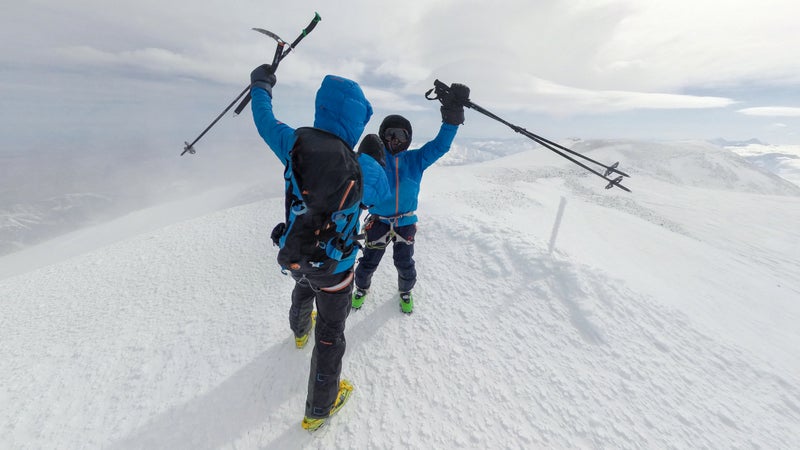
We spoke with Mammut marketers Christian Gisi and Harald Schreiber to find out how Project 360 came to be and how they persuaded world-class climbers to carry an extra 17 pounds of film equipment up big walls.
��
Whose idea was this?
GISI: That’s a little complicated. For some time we’ve been working with a guy named Matthias Taugwalder, a specialist in panoramic photography, who’s actually a descendant of one of the first people to climb the Matterhorn. In January 2014, he shot the Lauberhorn World Cup downhill and placed a panoramic camera on [Swiss racer] Bruno Kernen’s helmet. Right after that, he called me and said, “Couldn’t we do something like this with steep skiing or a little more alpine?” I said, “OK, but instead of racing down, why not climb up something famous?”��
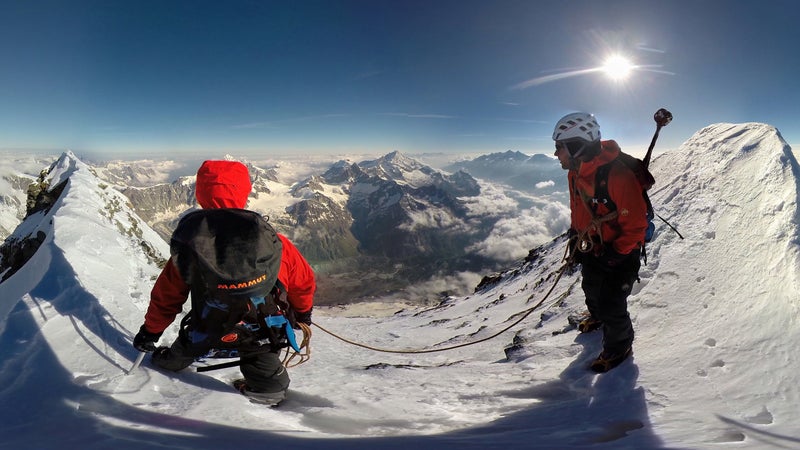
From that came the idea of doing something like Google Street View but for extreme alpinism in a place like the Eiger North Face. Right about the same time, a German agency contacted us with pretty much the same idea, but no clue how to manage it on the technical side. By bringing all parties together, we created a system that worked.
What other routes or famous peaks can we expect to see by the end of the year?
GISI: Basically all the 4,000-meter peaks in Switzerland, including the Weisshorn, Jungfrau, the Mönch—you name it. We’re going to do Mont Blanc in two weeks. We’ve already climbed it, but the tech let us down. We gave our CEO, Rolf Schmid, one of the cameras, but Murphy’s Law shook us hard and one of the cameras failed. We don’t know why. In two weeks, he’s going up again.
What’s the most interesting feedback you’ve gotten?
GISI: Although it was a hard punch, the fact that Google did pretty much the same thing with pretty much the same technique, but just one year later than we did it, I felt that was a compliment. They posted it under the name of Street View, but they dedicated a special micro site for El Cap. It’s the same principle. Very nicely done.
How receptive to this idea were the climbers?
SCHREIBER: Honestly, in the beginning they were very skeptical, because they didn’t know where we were going with the project and the idea of climbing all these faces with an additional eight kilograms [about 17.5 pounds] on their backpacks was a little strange to them. But after Dani Arnold and Stephan Siegrist climbed the Eiger North Face [in April 2014] and looked at the footage, they were all in on the project.
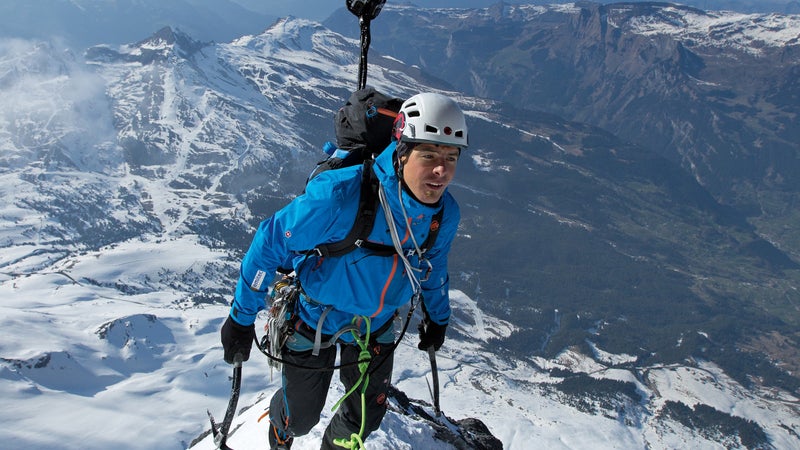
What kind of gear did they use to film?
GISI: They carried the Trion Nordwand 35-liter pack with six GoPro Hero3+ cameras—like a [six-sided] die with a camera on each side—mounted on an extended pole. First we attached an aluminum plate to the back of the pack then we attached a small tripod to that plate and a longer carbon pole, about four feet long, to the tripod. The die sits on top of that pole. Then you have a spare battery inside the pack connected via cables. Also, it was essential that the backpack could still be used to carry food and climbing gear.
Is this something we will see on 8,000-meter peaks?
GISI: We had plans to do Everest this May, but we couldn’t finance it. We’re still a small company and with all the permits involved and everything else logistically, it was not doable this year. It would have cost about $300,000, as a very rough estimate. And it’s obviously still a high-risk adventure. We’re very afraid that Google is going to do it. They would be silly if they don’t. I’m pretty sure they have the money.

